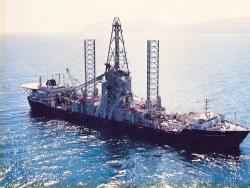Throughout history, we have celebrated the few among us who have dared to go where others have not. Their names remain familiar long after their explorations: Erikson, Magellan, and Cook. Amundsen, Scott, and Shackleton. Peary and Henson. Livingstone. Columbus. Marco Polo. But the twelve men who stepped onto the moon ventured farther from home and faced a greater range of dangers than all of their predecessors.
1970-1979
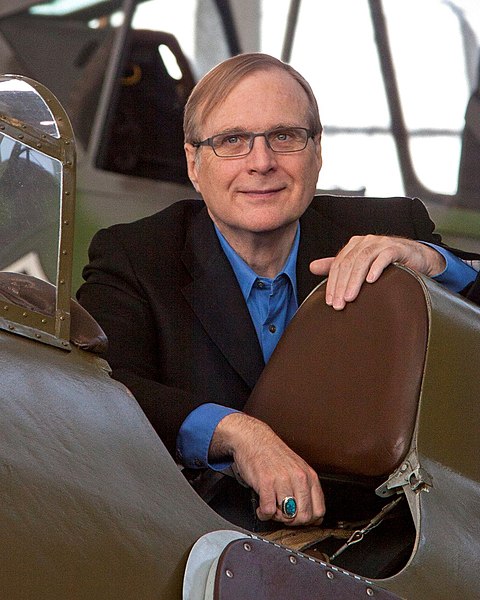
My friendship with Paul started with a computer. I was in 8th grade, Paul was in 10th (although he seemed a lot more than two years older to me, because he was tall and had a really cool beard).
The Glomar Explorer is an ASME landmark

A number of major engineering feats required to complete the tasks for the mission at hand, which were later used in further projects
The Hughes Glomar Explorer was designed to complete the mission of lifting a 2,000-ton Soviet submarine 17,000 feet from the bottom of the Pacific Ocean.
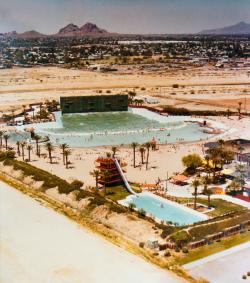
The first wave pool in North America to consistently generate 3-5 foot spilling waves suitable for surfing
Big Surf Waterpark uses 15 gates that empty water into a 2.5 acre lagoon with contours that replicate a natural beach. Waves are produced by pumping water to a pre-selected height and released through underwater gates. The water released breaks over a baffle (similar to a natural reef), forming one wave per cycle. Water is recirculated to the lagoon through pumps.
Normally night spreads from east to west with the rotation of the earth, but the evening of November 9, 1965, was different. Darkness also spread from north to south. Southern Ontario went dark first, much of New York State a few seconds later, then most of New England, and finally New York City. By 5:28 P.M., thirty million people were stumbling toward any light available. Subways stopped and furnaces chilled, and America briefly lost one-fifth of its electricity. What was the cause?
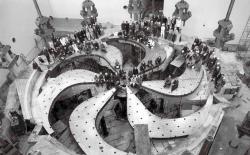
At 3:30 pm on 15 December 1974, the first 500 MeV proton beam was extracted from the TRIUMF cyclotron. Since then, TRIUMF has used proton beams from its cyclotron (and secondary beams of pions, muons, neutrons and radioactive ions produced in its experimental halls) to conduct pioneering studies that have advanced nuclear physics, particle physics, molecular and materials science, and nuclear medicine.


Innovations
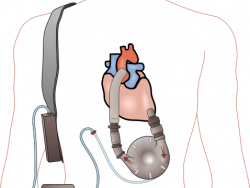
This is the first extremely smooth, surgically implantable, seam-free pulsatile blood pump to receive widespread clinical use. In its use in more than 250 patients, it has been responsible for saving numerous lives. When used as a bridge to transplant, the pump has a success rate greater than 90…
Read More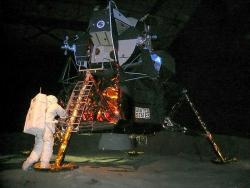
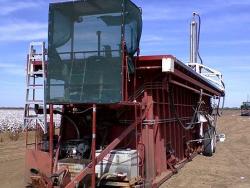

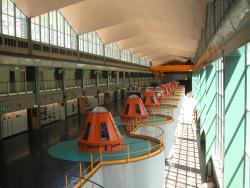
The scheme virtually reverses the flow of the Snowy River from its natural course toward the ocean and directs it inland. The entire complex includes 16 dams, seven power stations (with a production capacity of 3,740,000 kilowatts), over 90 miles of tunnels, a pumping station, and 50 miles of…
Read More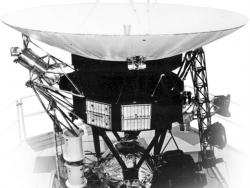
The Voyager explorers, which provided scientists and the world with the first detailed pictures of faraway planets, were designed and tested during 1972 to 1977. The two most intelligent machines ever built in the NASA space program, the explorers were launched from Cape Canaveral, Fla., in 1977…
Read More

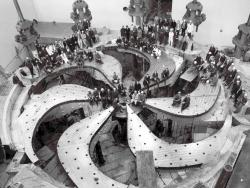
At 3:30 pm on 15 December 1974, the first 500 MeV proton beam was extracted from the TRIUMF cyclotron. Since then, TRIUMF has used proton beams from its cyclotron (and secondary beams of pions, muons, neutrons and radioactive ions produced in its experimental halls) to conduct pioneering studies…
Read More
The first wave pool in North America to consistently generate 3-5 foot spilling waves suitable for surfing
Big Surf Waterpark uses 15 gates that empty water into a 2.5 acre lagoon with contours…
Read More